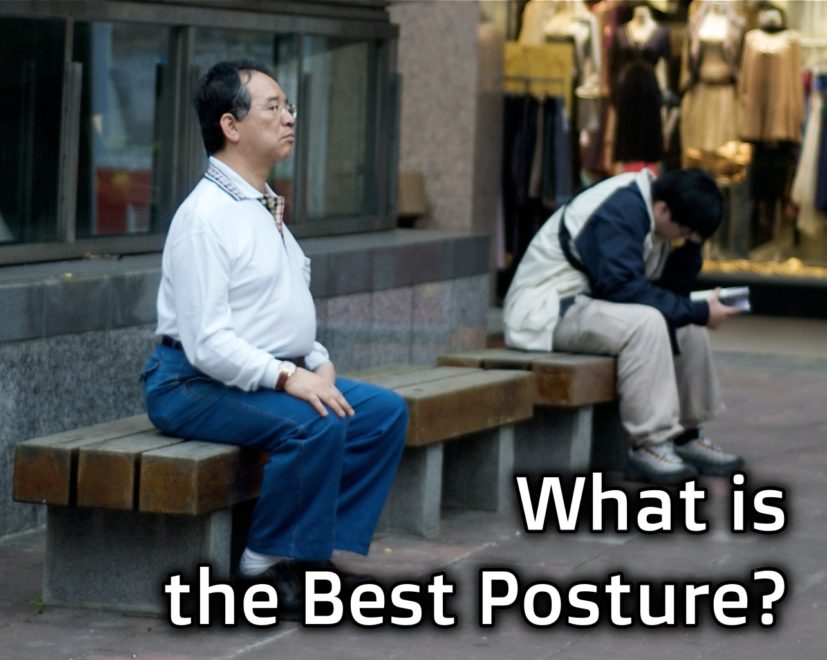Tag: flexion
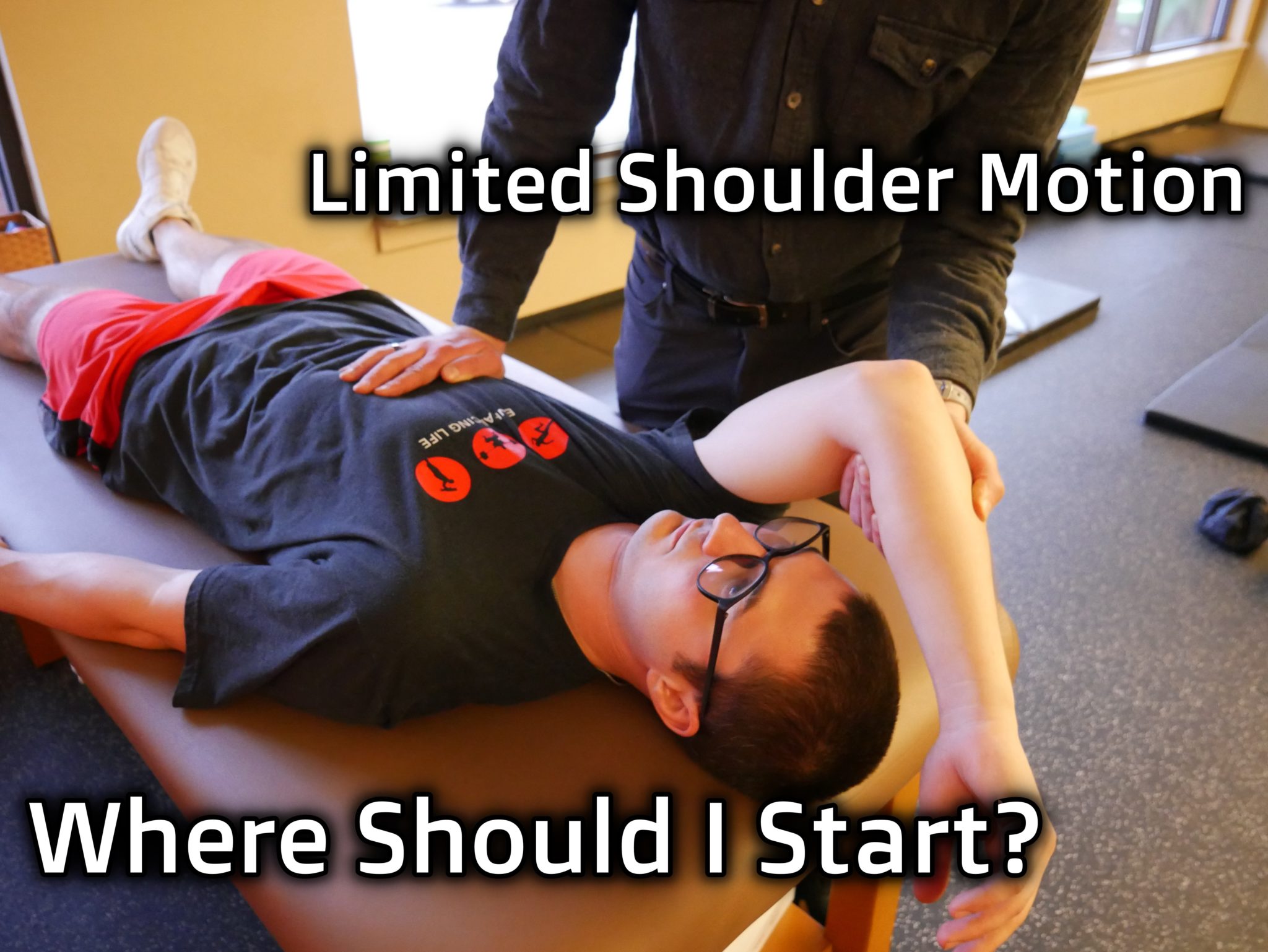
Limited Shoulder Motion, Where Should I Start?
You have someone who is limited with several different shoulder mobility measures, which should you tackle first? Find out in…
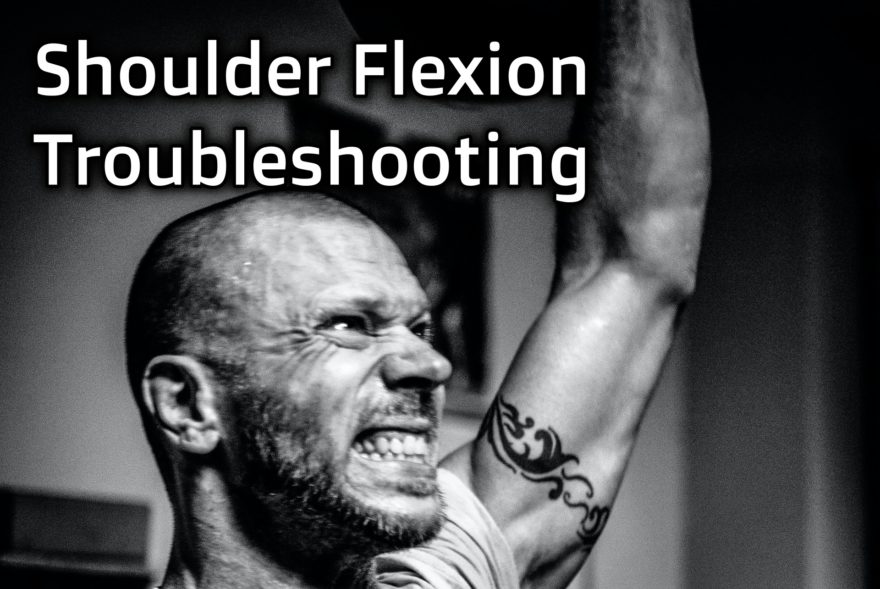
Shoulder Flexion Troubleshooting
Can’t get overhead? Let’s figure out how! If you can raise your arm fully overhead WITHOUT compensating, don’t read any…
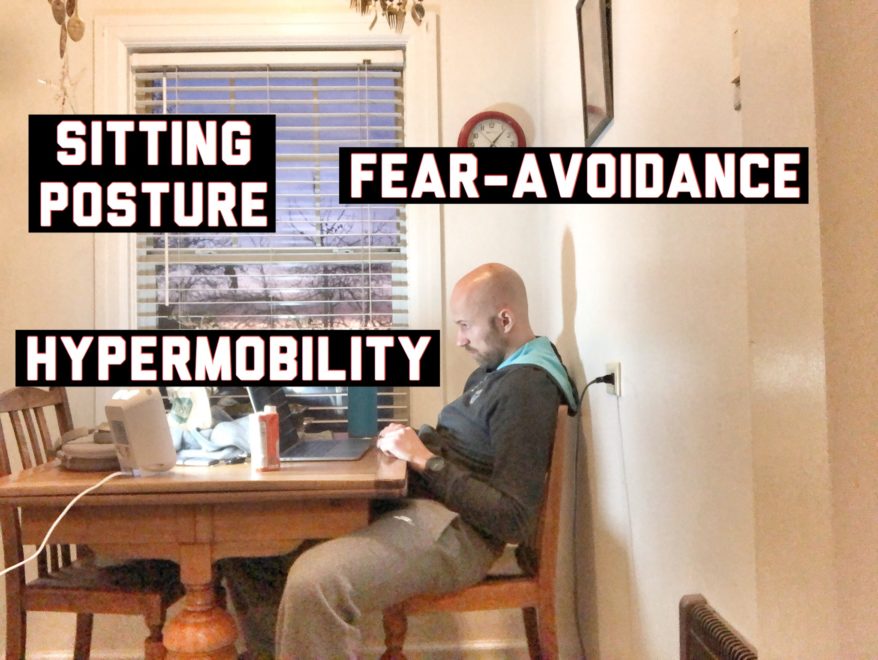
Sitting Posture, Hypermobility, and Fear-Avoidance – Movement Debrief Episode 72
Movement Debrief Episode 72 is in the books. Below is a copy of the video for your viewing pleasure, and…
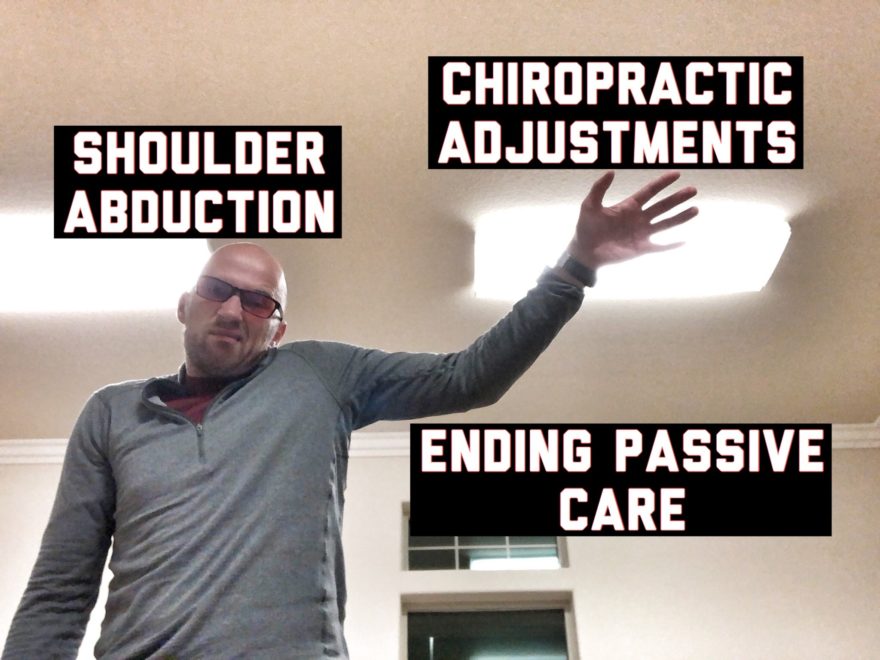
Shoulder Abduction, Chiropractic Adjustments, and Ending Passive Care – Movement Debrief Episode 66
Movement Debrief Episode 66 is in the books. Below is a copy of the video for your viewing pleasure, and…
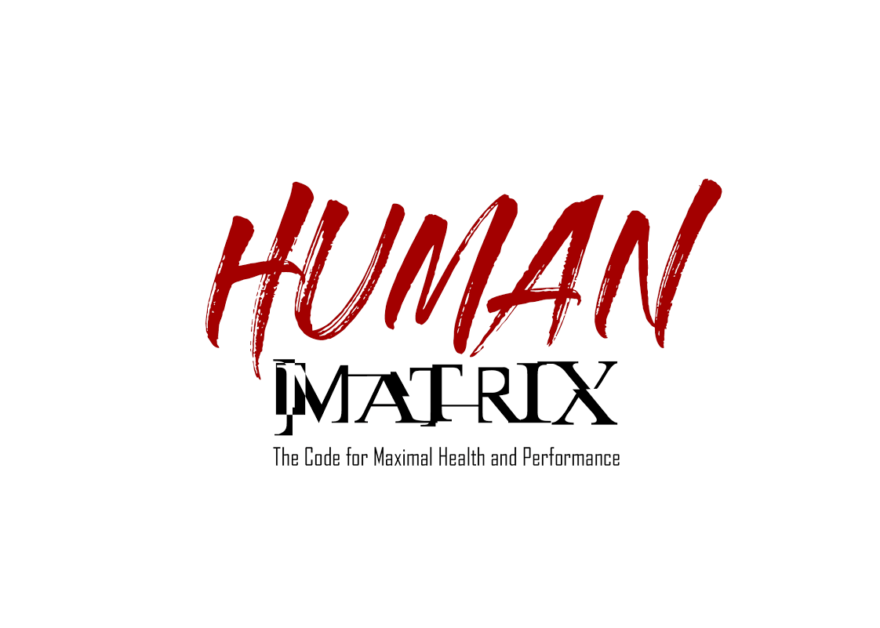
Learn Normal Respiratory Mechanics from the Human Matrix Manual
Do you… Have patients who hurt multiple areas and are unsure where to start? Have training clients who can’t perform…
Movement Chapter 8: SFMA Assessment Breakout Descriptions and Flowcharts
This is a chapter 8 summary of the book “Movement” by Gray Cook. What to Look For The SFMA breakouts…
The Sensitive Nervous System Chapter XI: Neurodynamic Testing for the Spine and Lower Limb
This is a summary of Chapter XI of “The Sensitive Nervous System” by David Butler. Intro For today’s chapter, I…

